Shopify Product Display Apps: LM Add To Cart Sticky vs LitPDF Catalog Line Sheets

Table of Contents
- Introduction
- How Does LM Add To Cart Sticky Work?
- How Does LitPDF Catalog Line Sheets Work?
- How Much Does LM Add To Cart Sticky Cost?
- How Much Does LitPDF Catalog Line Sheets Cost?
- Cost Analysis: LM Add To Cart Sticky vs. LitPDF Catalog Line Sheets
- User Reviews & Customer Support Insights
- Integration and Compatibility Comparison
- Conclusion
Introduction
In the ever-evolving landscape of e-commerce, product display plays a pivotal role in driving sales and enhancing customer satisfaction. According to recent data, businesses that optimize their product presentation can see conversion rates improve significantly. Product display apps are specifically designed to enhance these experiences, making it easier for customers to browse, select, and purchase items.This blog explores two noteworthy Shopify applications: LM Add To Cart Sticky and LitPDF Catalog Line Sheets. Both apps offer diverse capabilities in product display, with user-friendly integration options to help merchants elevate their customer experience while potentially boosting sales figures. Let’s delve into how these applications operate and which one might be the better solution for your business.
How Does LM Add To Cart Sticky Work?
LM Add To Cart Sticky is designed to facilitate a more efficient shopping experience by keeping essential purchasing tools readily accessible to customers. Its primary features revolve around a sticky add-to-cart functionality and an immersive cart experience.Setup: After installing the app, merchants can easily customize the sticky buttons to align with their store’s branding, ensuring they are both functional and visually appealing.
Sticky Elements: The app allows you to create sticky elements that accentuate "Buy Now" calls to action. This feature maintains visibility as users navigate through product pages, encouraging swift purchasing decisions.
Sticky Cart Button: As customers scroll, the sticky cart button remains in view, simplifying the checkout process. This design reduces the friction often associated with browsing multiple products, ultimately improving user engagement.
For startups, these features can significantly enhance user experience by increasing the likelihood of conversions during a customer's initial visit. Small to medium-sized businesses will appreciate the customizable templates available — eight distinct designs help provide variety and match brand aesthetics. Large enterprises can utilize the app's seamless integration into existing workflows, ensuring a consistent shopping experience across multiple product offerings.
Imagine a customer browsing a store filled with stunning products. With the sticky "Buy Now" button, they can easily add items to their cart without losing sight of other options, thus increasing the chances of upselling and cross-selling, ultimately benefiting the business's bottom line.
How Does LitPDF Catalog Line Sheets Work?
Conversely, LitPDF Catalog Line Sheets operates with a different approach to product display, focusing on automated PDF generation for catalogs. This application pulls product information directly from the Shopify store, helping merchants create organized product line sheets efficiently.Generates PDF Catalogs: It enables users to generate catalogs that refresh monthly, ensuring up-to-date pricing and product details. This feature is beneficial for businesses looking to regularly promote their inventory with less manual effort.
Multi-Language Support: LitPDF provides options to select different languages, appealing to a broader audience and enhancing the user experience for international customers.
However, it can struggle with its limited template designs compared to LM Add To Cart Sticky, which aids in capturing user attention with visually appealing displays. Startups may find the free plan appealing to test the application's capabilities, while larger businesses might prefer the paid tiers for more extensive catalog management.
Both applications have strengths tailored to different needs. For those seeking an automated solution for catalog creation, LitPDF fits well. However, if instant product visibility and optimized purchasing experiences are the goal, LM Add To Cart Sticky clearly stands out.
How Much Does LM Add To Cart Sticky Cost?
Cost-effective solutions play a crucial role in product display, especially for emerging businesses with limited budgets. While LM Add To Cart Sticky currently does not have specified pricing tiers, it promotes features that maximize user engagement without high costs.Understanding potential financial implications is vital. Here’s what you can anticipate when considering the cost of implementing this app within your Shopify store:
- Price: The app provides its functionalities without any charge, making it a valuable addition for startups and established businesses alike.
- Features: Key features such as sticky elements and customizable templates encourage higher engagement rates.
- Limitations: There are no explicit limitations noted, providing flexibility for use across various business sizes.
- Target Audience: This app is excellent for businesses of all sizes, especially those looking to enhance user experience without incurring additional costs.
- Additional Costs: No hidden fees associated with the app, making budgeting straightforward.
It is important to note that you can always reach out to our team and we can create a custom pricing plan to suit your needs and your budget. Schedule a call via this link and we’ll come up with the best solution for you and your business.
How Much Does LitPDF Catalog Line Sheets Cost?
The pricing models of LitPDF Catalog Line Sheets offer various tiers, reflecting its automated PDF generation capabilities. Focusing on cost-effectiveness is key when considering an app for product display.- Price: The app starts with a free plan that allows generating one catalog monthly.
- Basic Plan: Priced at $4.99 per month, this plan increases catalog limits but introduces a watermark on pages.
- Growing Plan: At $9.99 per month, this tier allows for generating 100 catalogs and provides options for up to 996 products per catalog without a watermark.
Limitations: The free and basic plans could restrict small businesses aiming to scale their catalog efforts.
Target Audience: While the free version is attractive for startups, the higher tiers best suit growing businesses needing extensive catalog capabilities.
Additional Costs: As per the data, there are no noted extra fees, making budgeting straightforward.
Cost Analysis: LM Add To Cart Sticky vs. LitPDF Catalog Line Sheets
When contrasting the pricing of LM Add To Cart Sticky and LitPDF Catalog Line Sheets, the value proposition is clear.LM Add To Cart Sticky offers its features for free, presenting an inviting choice for startups and emerging businesses without the pressure of recurring fees. In contrast, while LitPDF provides essential catalog management tools, its pricing tiers introduce potential costs that could deter smaller merchants needing budget-friendly solutions.
Considering specials, LM Add To Cart Sticky emerges as the more cost-efficient option, providing significant value through its functionalities without ongoing expenses.
User Reviews & Customer Support Insights
Is LM Add To Cart Sticky good?
With a stellar 5-star rating from 64 reviews, LM Add To Cart Sticky has garnered attention for its user-friendly interface and practical features. Users often highlight the simplicity of setup and the significant impact of the sticky cart functionalities on conversion rates, indicating a high level of satisfaction for its performance.Is LitPDF Catalog Line Sheets good?
LitPDF carries an average rating of 4.2 stars from just seven reviews. While this indicates a generally positive reception, it suggests that users may have mixed feelings regarding certain aspects of the app's functionality and ease of use.Customer Feedback: The reviews may point to usability issues or requests for additional features, considering its automated nature. Generally, good customer support plays a fundamental role in user satisfaction, and any feedback related to this can influence ratings considerably. The diverse language support is a strong point, but users may look for more automated features to enhance their catalog experience as well.
User Preference: LM Add To Cart Sticky or LitPDF Catalog Line Sheets?
Based on average ratings, LM Add To Cart Sticky is clearly favored. Its high rating reflects user satisfaction regarding functionality and ease of use. The clean, intuitive design and impressive features undoubtedly contribute to a more engaging shopping experience.Considering ease of use and effective solutions in product display, it becomes evident that LM Add To Cart Sticky surpasses LitPDF Catalog Line Sheets in this comparative analysis. The synergy of user-friendly features and stellar reviews makes it a more appealing choice for businesses looking to improve their online stores.
Integration and Compatibility Comparison
LM Add To Cart Sticky Integrations
While specific integrations for LM Add To Cart Sticky weren’t provided, its ability to seamlessly blend into Shopify stores adds considerable value. Efficient integration ensures that merchants can focus on creating enriching customer experiences without complicated setups.LitPDF Catalog Line Sheets Integrations:
LitPDF offers easy integration with several online and offline tools, facilitating streamlined catalog management. By allowing users to pull product data directly from their Shopify stores, it also enables a smoother workflow, leading to fewer errors and timely updates.However, the lack of specific customer feedback on integration ease means that potential users should conduct further research based on their unique business software landscape to ensure compatibility.
Conclusion
Both LM Add To Cart Sticky and LitPDF Catalog Line Sheets provide valuable solutions for optimizing product display. Still, LM Add To Cart Sticky stands out due to its user-friendly design, extensive feature set, and cost-free availability.With a perfect 5-star rating from numerous users and a straightforward, engaging setup, LM Add To Cart Sticky provides clear advantages for businesses aiming to enhance conversion rates. While LitPDF Catalog Line Sheets has its merits, particularly in automated catalog management, LM Add To Cart Sticky positions itself as the superior choice for many merchants looking to elevate their product display strategies.
Still Searching for the Perfect Customization Solution?
Stop searching and start thriving with Accentuate Custom Fields! This powerful metafield management app supercharges Shopify’s native features, giving you the tools to create a truly personalized customer experience.
Why Choose Accentuate Custom Fields?
- Advanced Customization: Unlimited field definitions, logical grouping, and custom layouts make your store one-of-a-kind.
- Enhanced Editor Experience: Effortlessly edit variant metafields, use advanced HTML and markdown editors, and sync field definitions between stores.
- Flexible Management: Import/export capabilities, automatic tagging, and comprehensive support for Metaobjects and versioning.
- 24/7 Support: If you have any questions or need assistance, our team is available around the clock to help with any custom modifications to suit your store.
Join over 12,000 merchants, including top Shopify Plus stores, who trust Accentuate for their customization needs. With a stellar 4.9-star rating, Accentuate is the go-to tool for advanced CMS needs, offering unmatched flexibility and control over your store’s content. Elevate your Shopify store with high-quality content that boosts customer experiences and conversions. Tell your story, showcase your products, and create an engaging customer journey with ease.
Experience the Accentuate difference and watch your Shopify store thrive!
Accentuate vs Competition
Explore how Accentuate Custom Fields stands out. Whether you’re aiming to customise your storefront, streamline operations or improve content management, see how we compare against the competition

Shopify Product Display Apps: FeatureFrame ‑ Pretty Product vs. AI SEO: Top Product Features

Shopify Product Display Apps: Metadrob: Create Virtual Store vs シンプルクラウドファンディング|お手軽自社クラファン
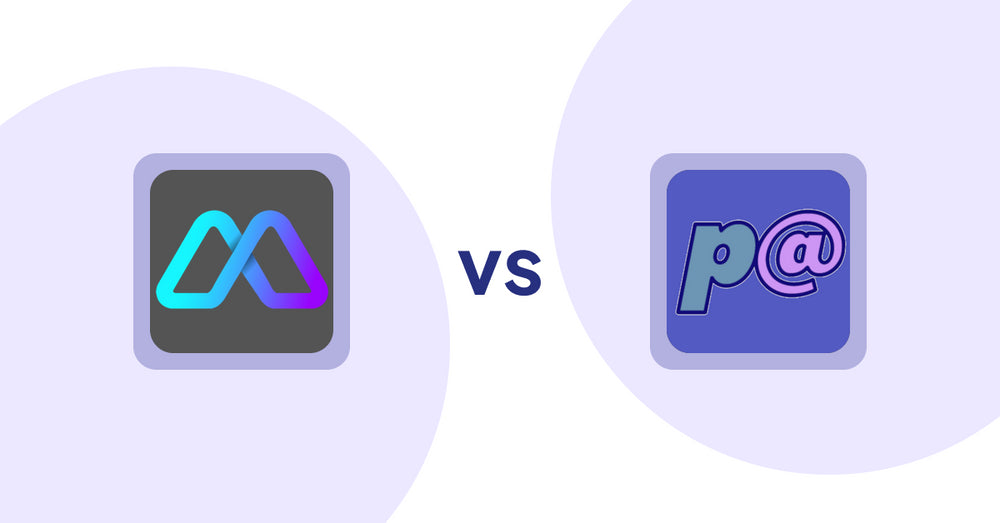
Shopify Product Display Apps: Metadrob: Create Virtual Store vs Parameterizer

Shopify Product Display Apps: Bike Matrix vs. Fast View: Fastest Quick View
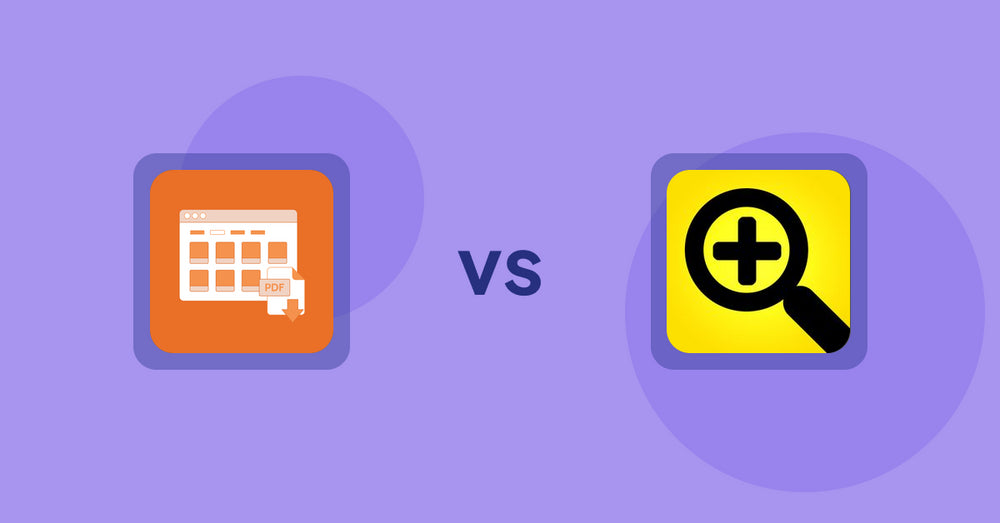
Shopify Product Display Apps: Meetanshi PDF Product Catalog vs Fast View: Fastest Quick View

Shopify Product Display Apps: UR: Smart Ranking vs Sortyfi Collection Merchandise

Shopify Product Display Apps: UR: Smart Ranking vs PDP Star
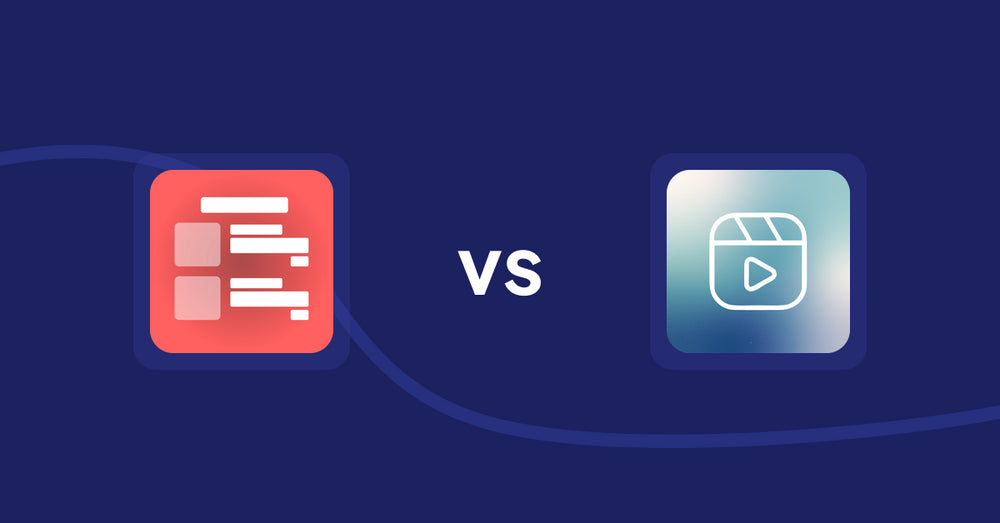
Shopify Product Display Apps: Menulog vs Reelify ‑ Shoppable Reel Video

Shopify Product Display Apps: H3 Estimated Delivery vs Findify Search & Merchandise

Shopify Product Display Apps: Wordo ‑ ChatGPT AI Description vs Urgency! Low Stock Counter
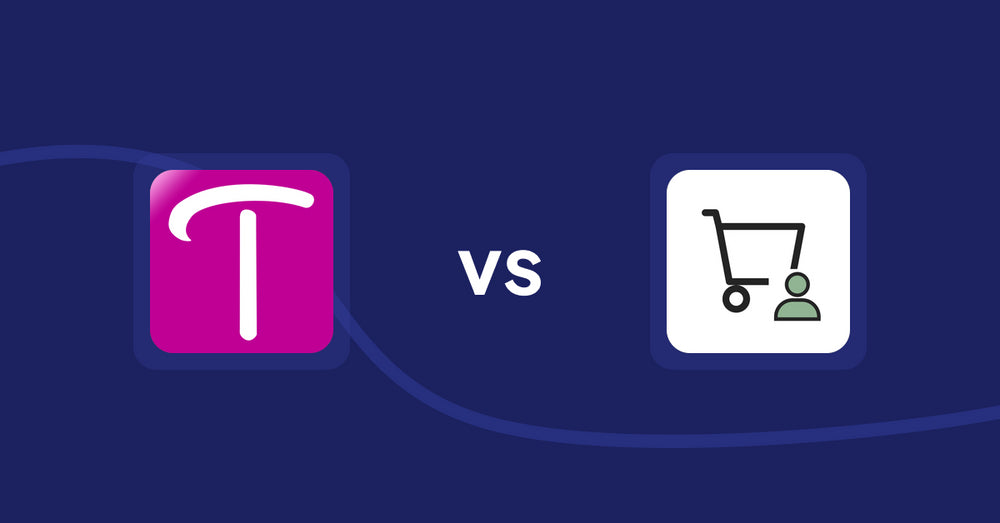
Shopify Product Display Apps: WS Transparency vs シンプル会員注文割引|お手軽ログインセール設定
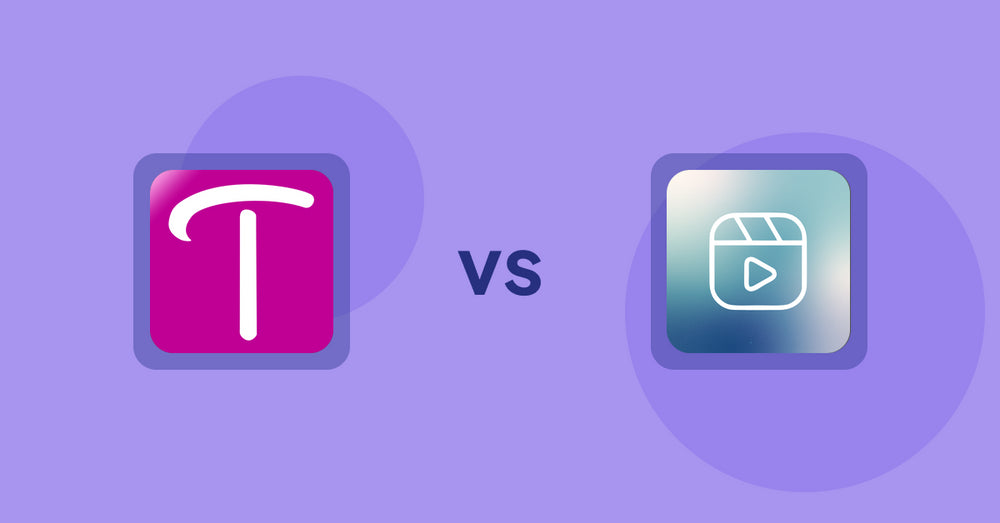
Shopify Product Display Apps: WS Transparency vs Reelify ‑ Shoppable Reel Video
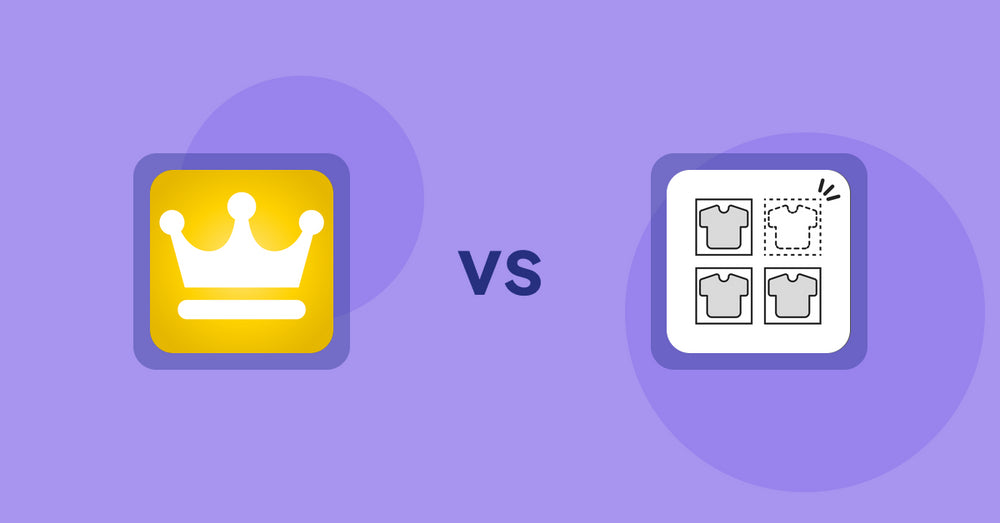
Shopify Product Display Apps: Awesome Ranking vs シンプル売り切れ非表示|在庫切れ商品の表示変更

Shopify Product Display Apps: OC Product Size Chart vs FeatureFrame ‑ Pretty Product

Shopify Product Display Apps: Shelfify vs Bike Matrix
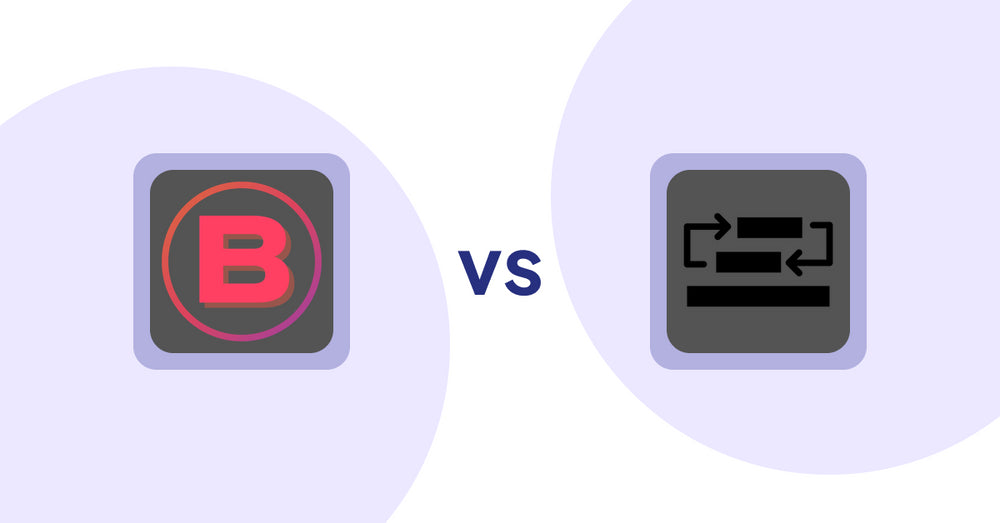
Shopify Product Display Apps: Banter Stories vs Sortyfi Collection Merchandise
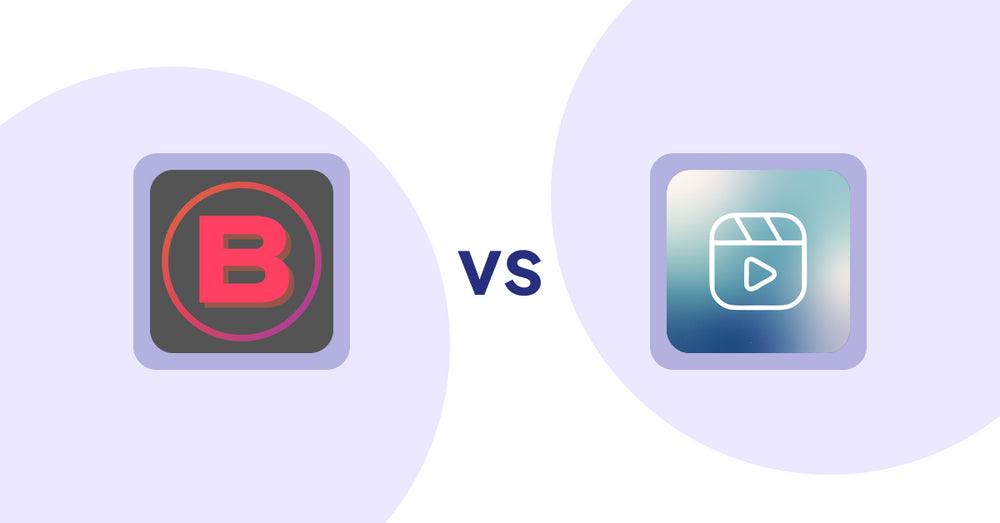
Shopify Product Display Apps: Banter Stories vs. Reelify ‑ Shoppable Reel Video
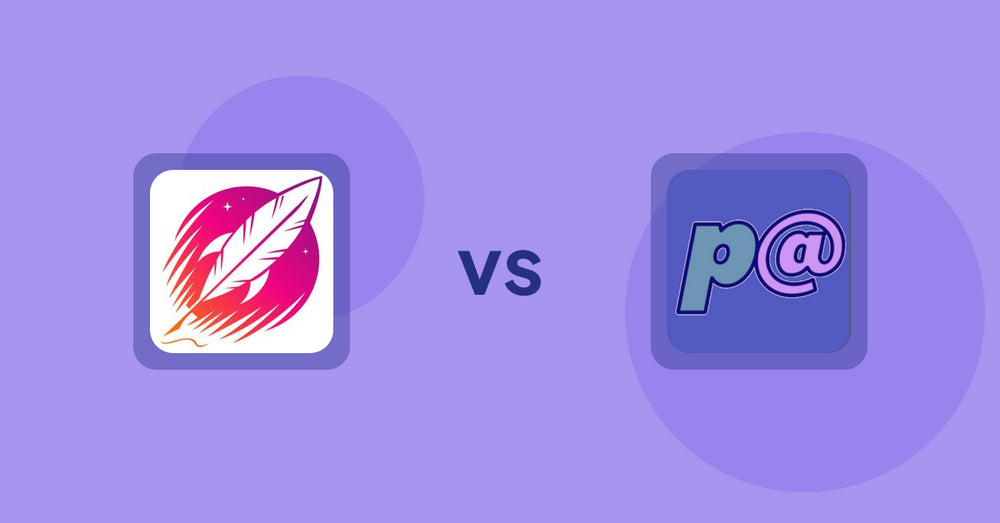
Shopify Product Display Apps: Wordsmith: Content Generator vs Parameterizer

Shopify Product Display Apps: Wordsmith: Content Generator vs Reelify ‑ Shoppable Reel Video
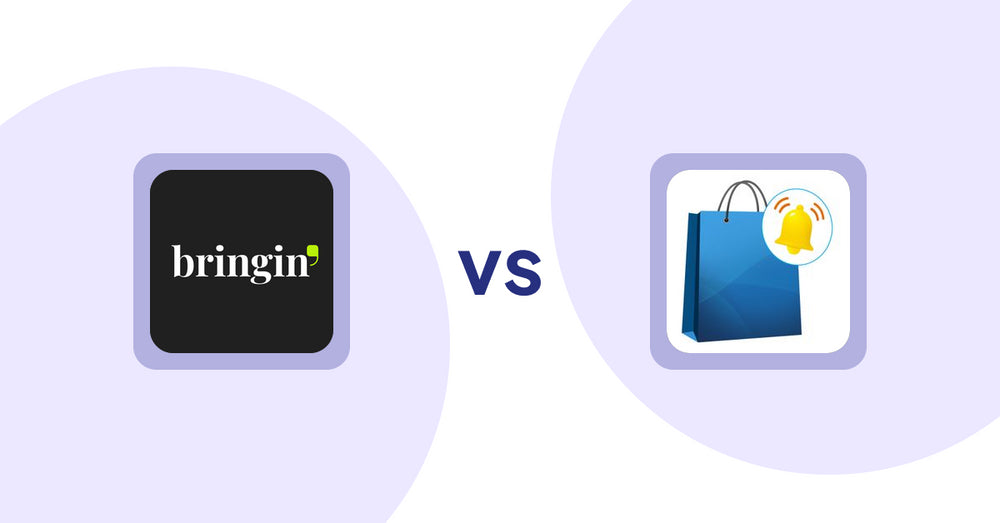
Shopify Product Display Apps: Bringin vs CartBar ‑ Product Purchase Bar
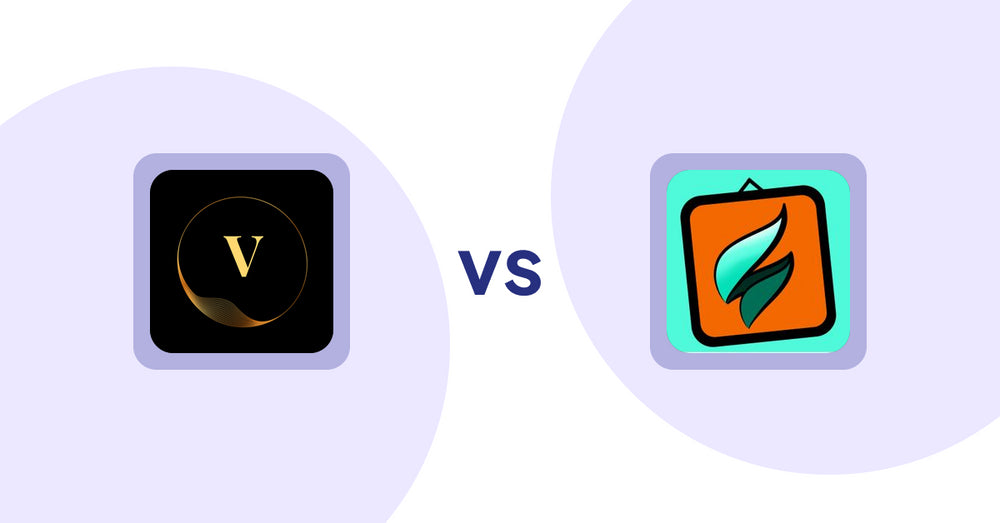
Shopify Product Display Apps: ProductTube vs SMART ‑ Art Product Builder

Shopify Product Display Apps: Xpander vs PDP Star

Shopify Product Display Apps: Xpander vs Banter Stories
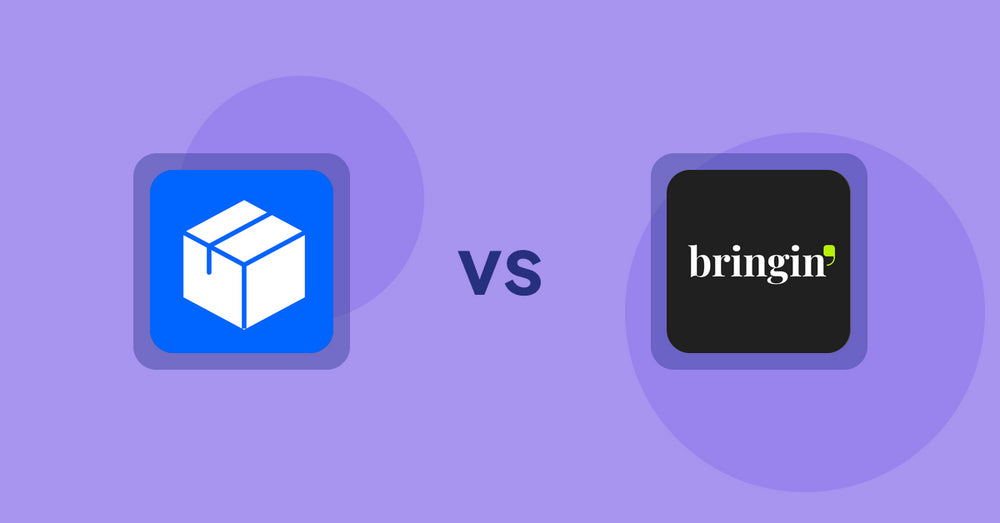
Shopify Product Display Apps: Wonderful Widgets vs Bringin

Shopify Product Display Apps: BookE - Rent Property & Service vs Metadrob: Create Virtual Store
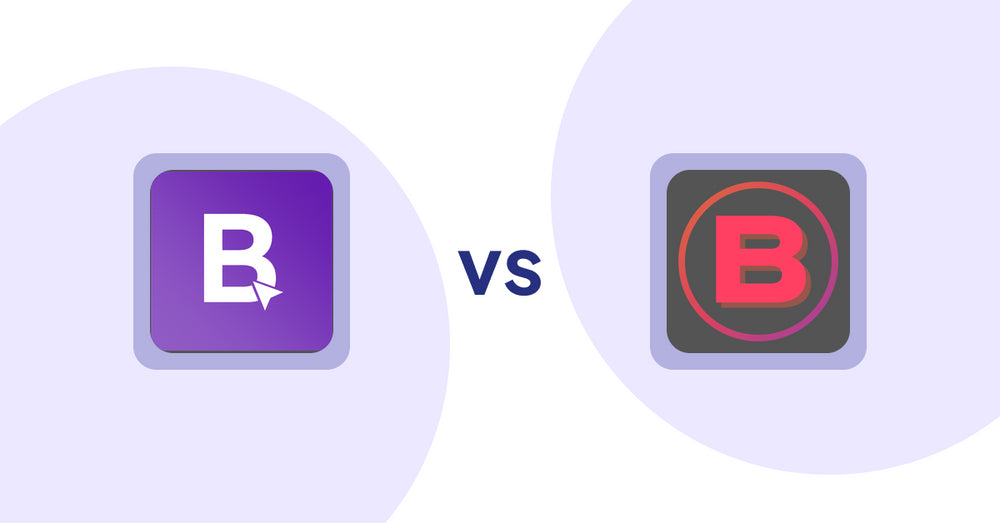
Shopify Product Display Apps: BookE ‑Rent Property & Service vs. Banter Stories
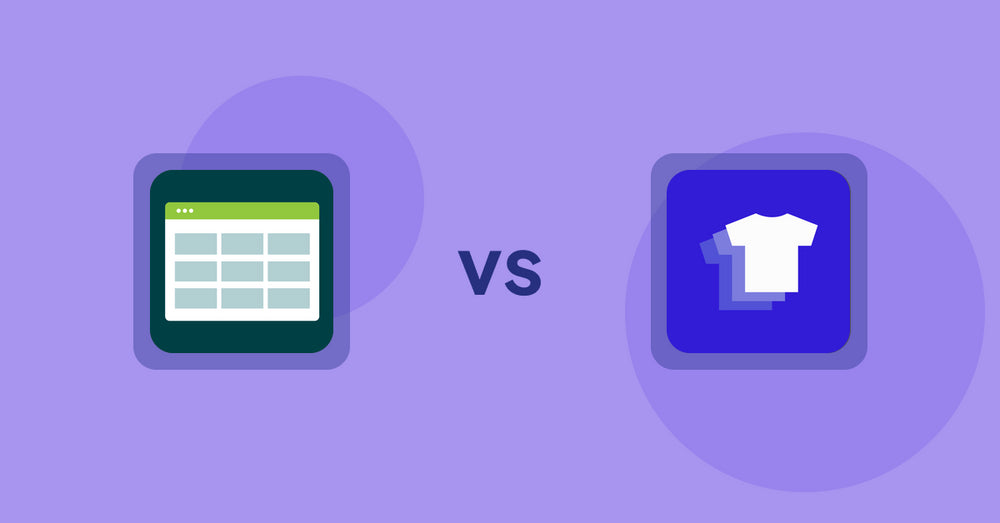
Shopify Product Display Apps: Product Table vs. Xpander
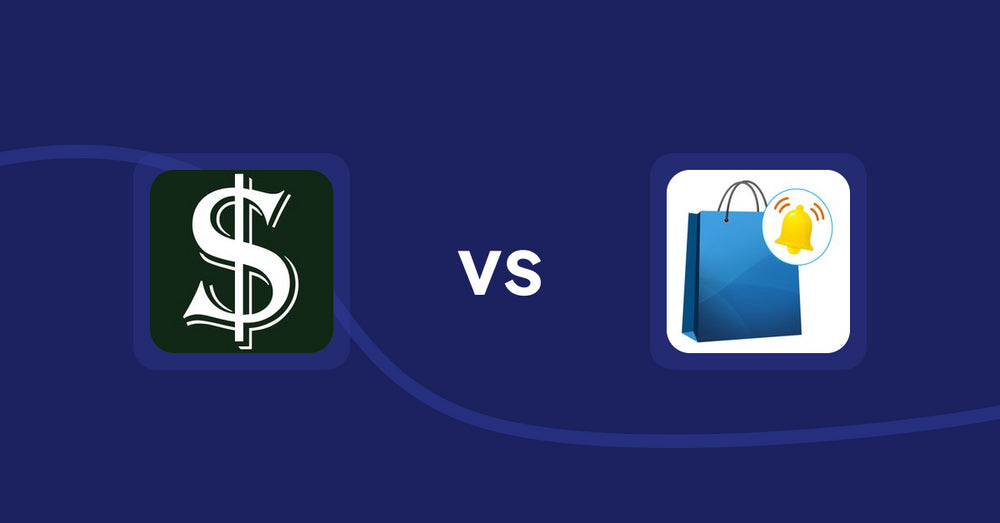
Shopify Product Display Apps: Selling Fast vs CartBar ‑ Product Purchase Bar
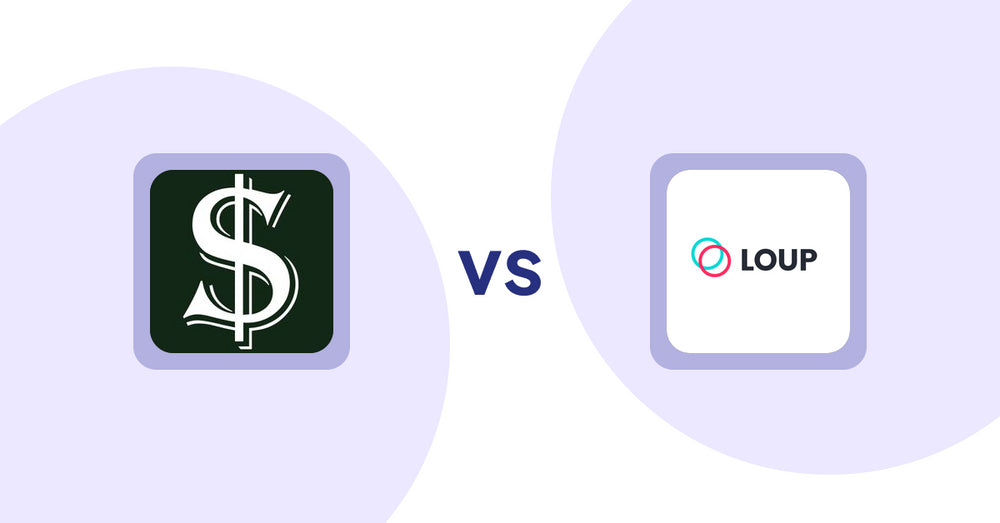
Shopify Product Display Apps: Selling Fast vs. Loup: Sell on Instagram
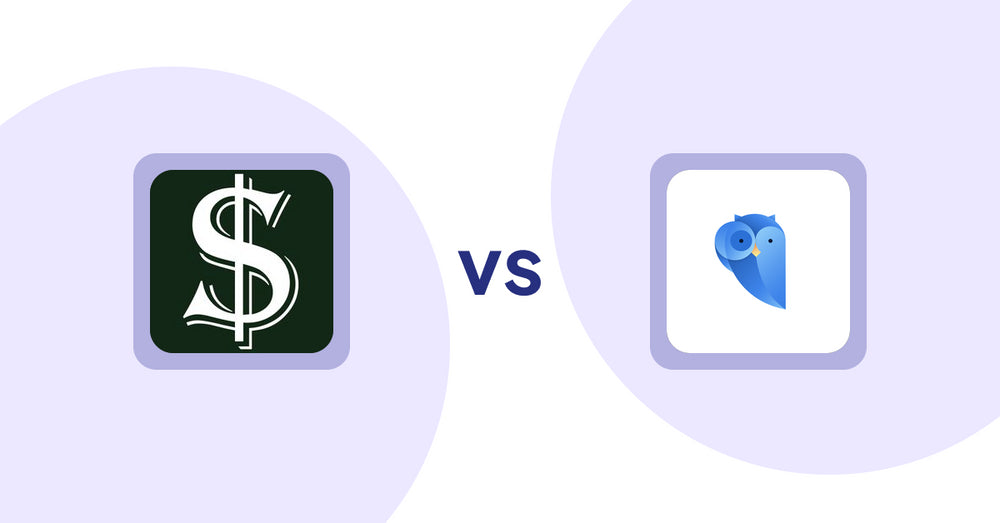
Shopify Product Display Apps: Selling Fast vs. Findify Search & Merchandise

Shopify Product Display Apps: Selling Fast vs. Aiuta
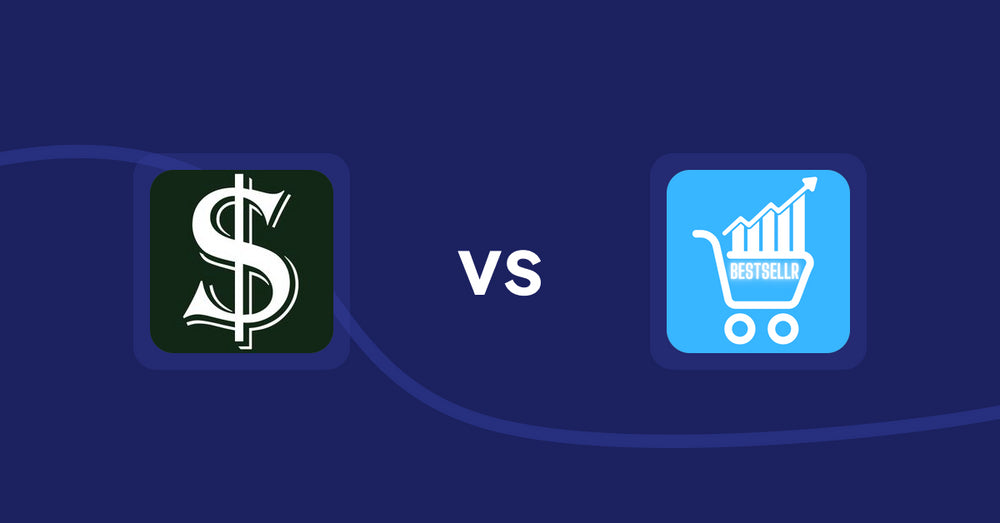
Shopify Product Display Apps: Selling Fast vs Bestsellr

Shopify Product Display Apps: Selling Fast vs ProductTube
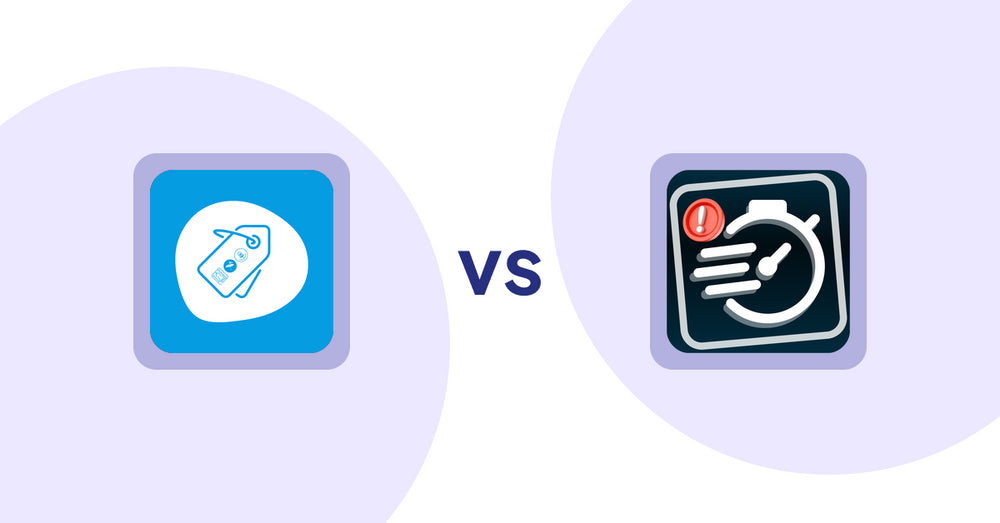
Shopify Product Display Apps: Extendons Product Tag Images vs Urgency! Low Stock Counter
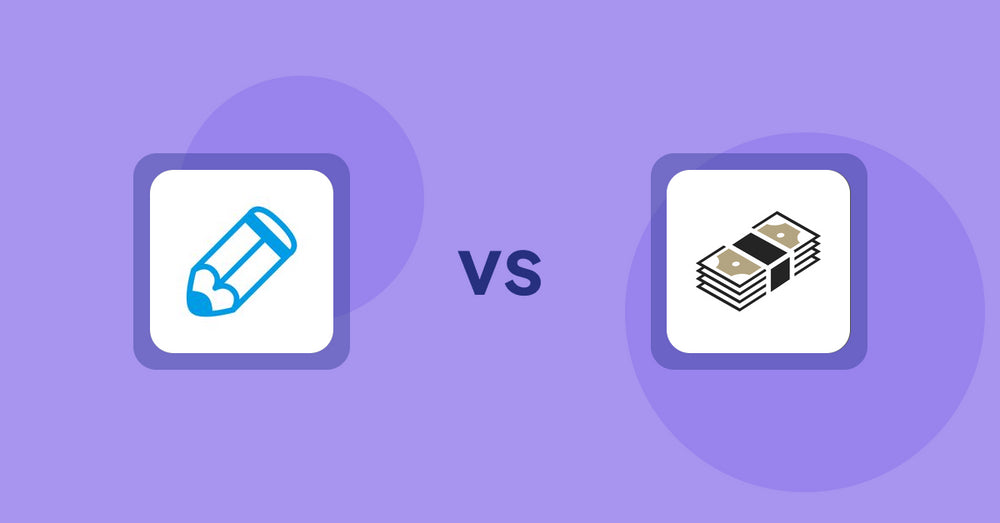
Shopify Product Display Apps: Writer Sofia vs シンプルクラウドファンディング|お手軽自社クラファン
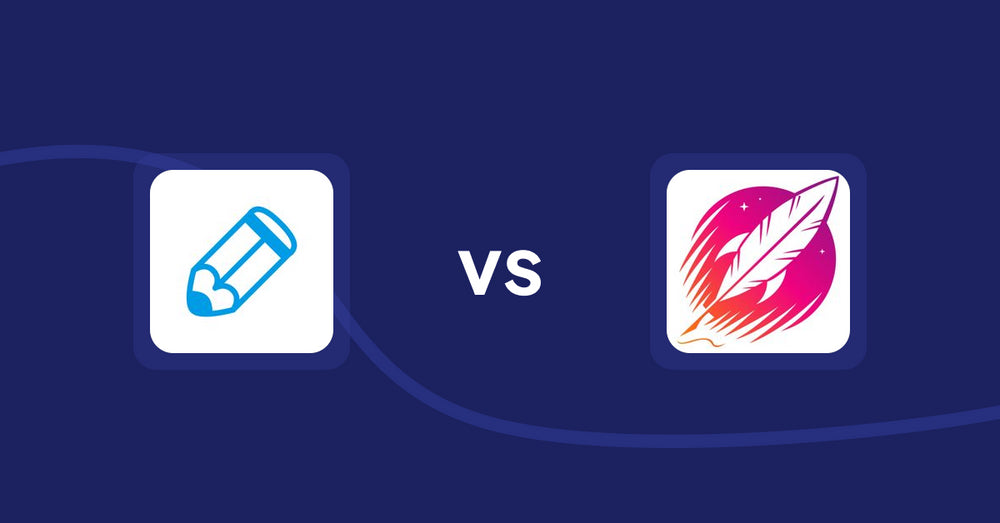
Shopify Product Display Apps: Writer Sofia vs Wordsmith: Content Generator
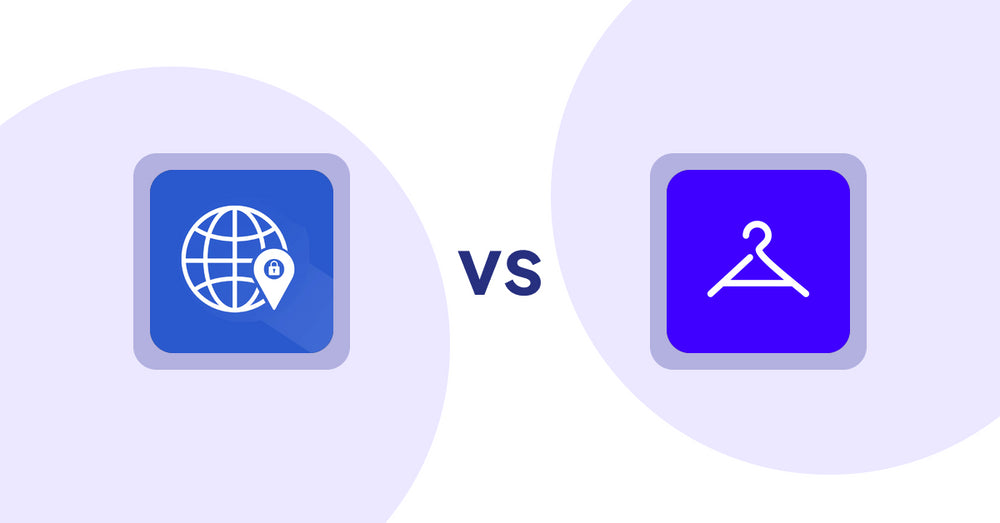
Shopify Product Display Apps: Addify ‑ Country Restrictions vs Aiuta
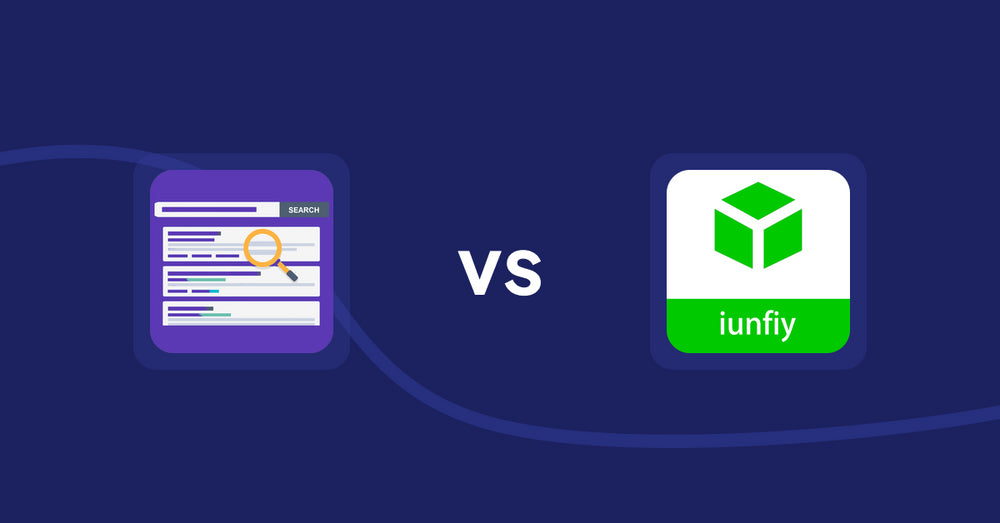
Shopify Product Display Apps: Spark AI Products Description vs iunfiy • Related Products

Shopify Product Display Apps: BeUnico vs Loup: Sell on Instagram
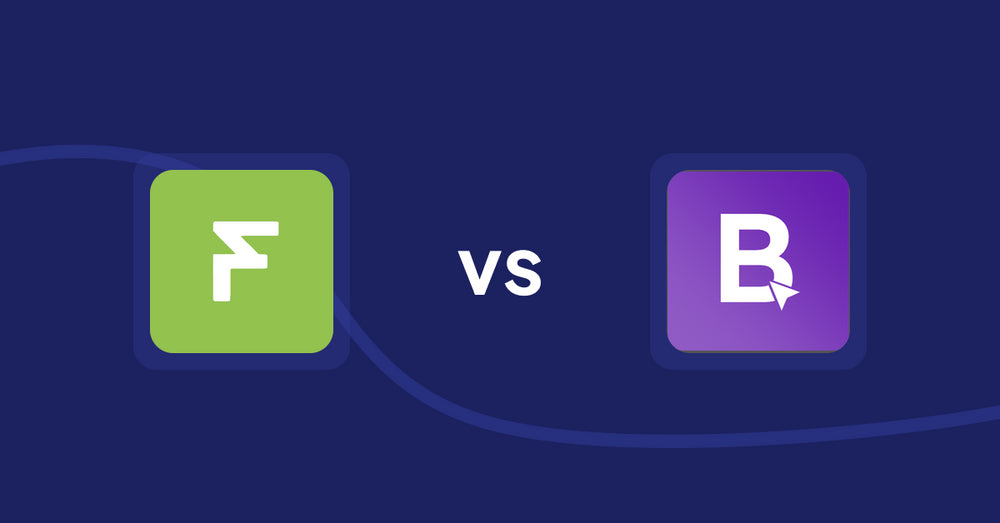
Shopify Product Display Apps: Easy Estimate Shipping vs BookE ‑Rent Property & Service
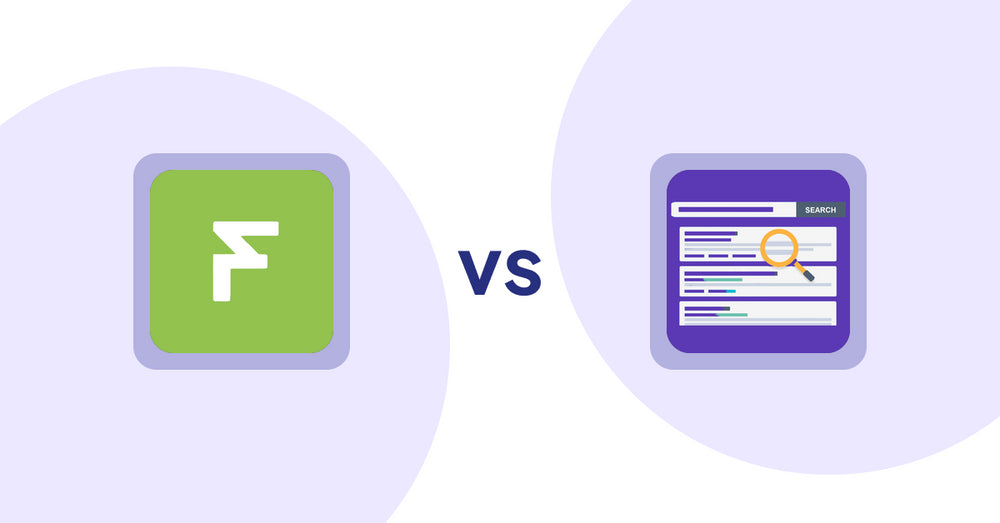
Shopify Product Display Apps: Easy Estimate Shipping vs. Spark AI Products Description
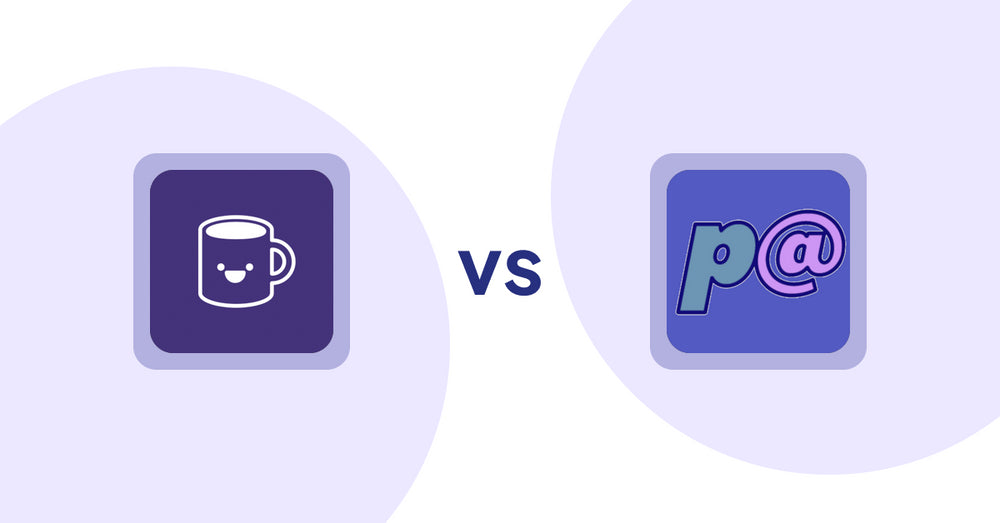
Shopify Product Display Apps: Mugshot Bot vs Parameterizer

Shopify Product Display Apps: Peftrust vs. Wordo ‑ ChatGPT AI Description
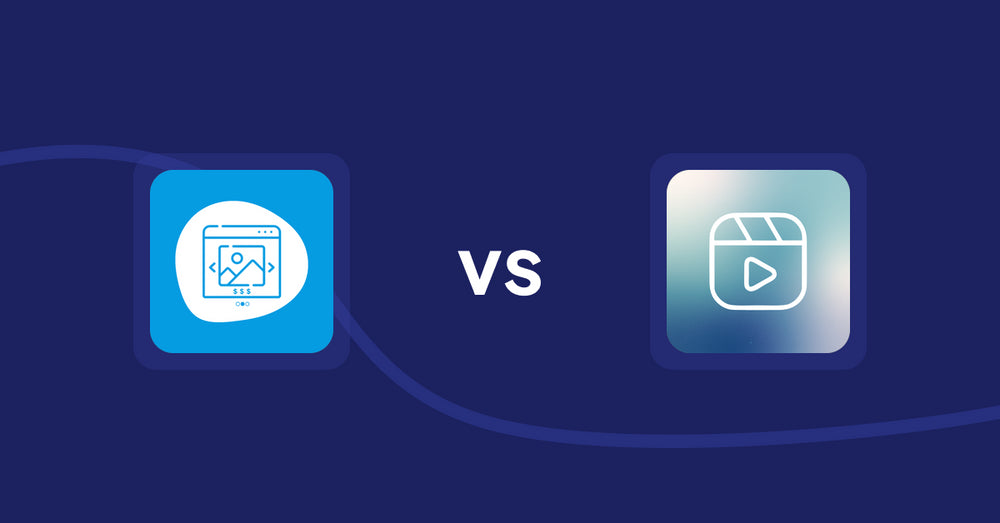
Shopify Product Display Apps: Quick Product Navigator Slide vs Reelify ‑ Shoppable Reel Video

Shopify Product Display Apps: Quick Product Navigator Slide vs. UR: Smart Ranking

Shopify Product Display Apps: Eazy Specification Tags Table vs Agile Attachments
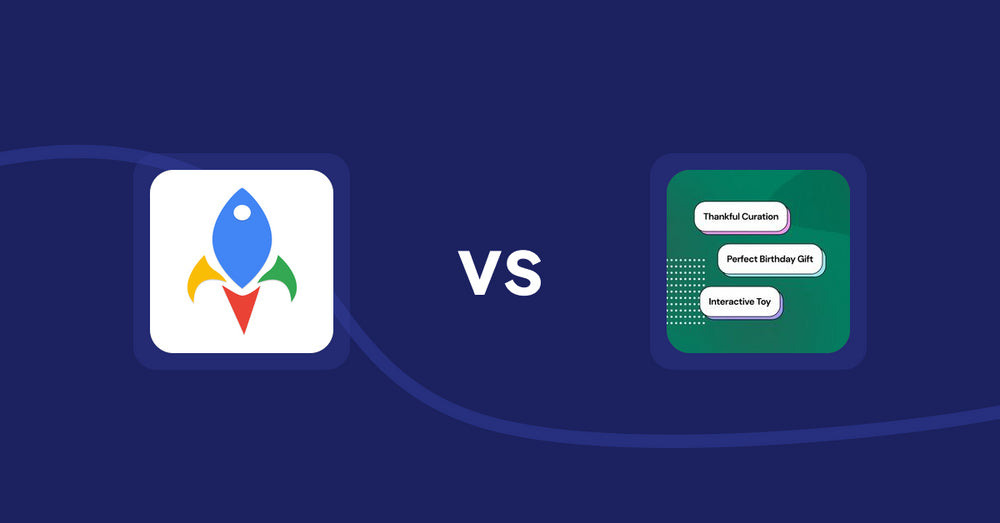
Shopify Product Display Apps: Jedi Back In Stock Admin Alert vs FeatureFrame ‑ Pretty Product
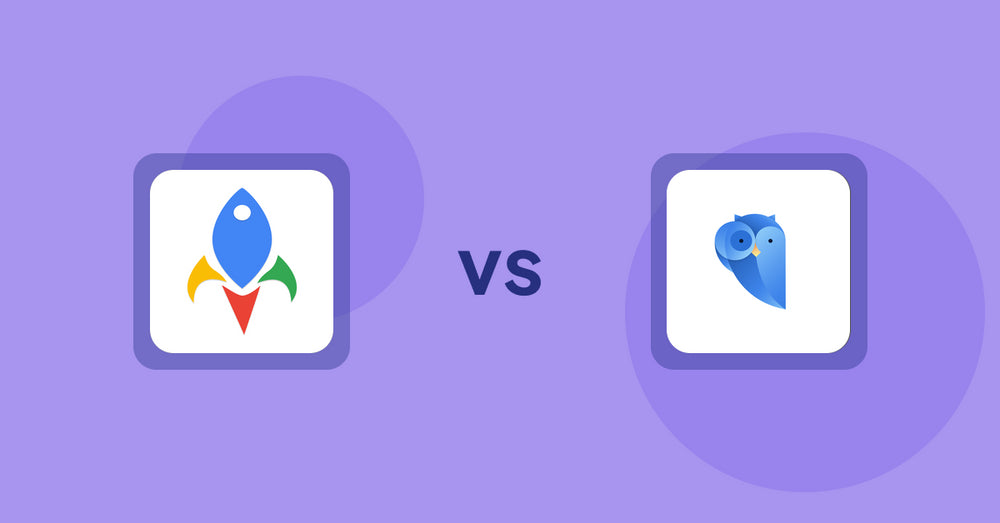
Shopify Product Display Apps: Jedi Back In Stock Admin Alert vs. Findify Search & Merchandise
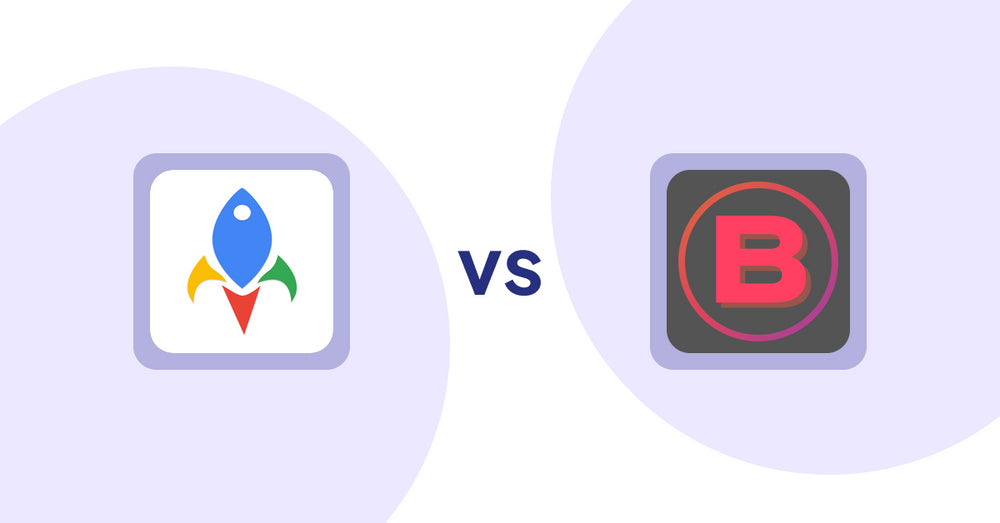
Shopify Product Display Apps: Jedi Back In Stock Admin Alert vs Banter Stories






